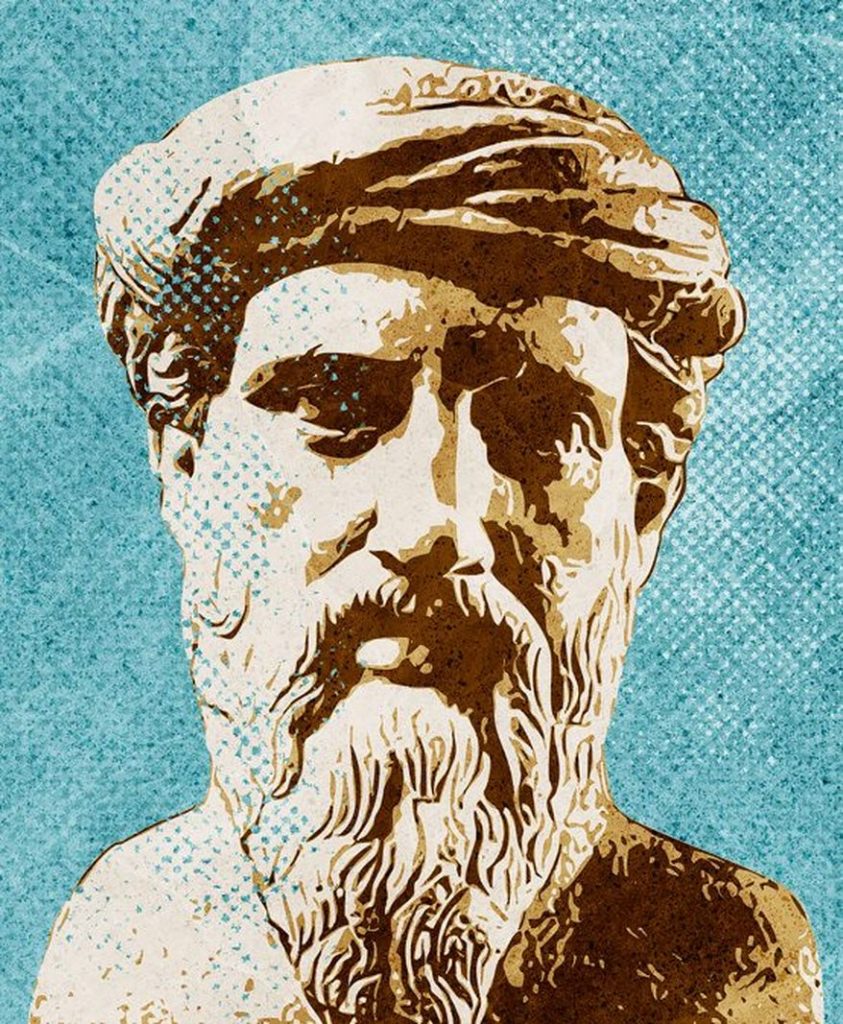In the name of political correctness, should the 3,200-year-old statue of the Egyptian pharaoh and slaveholder Ramesses II be destroyed? How about the 2,500-year-old statue of slave owner Socrates? Thinking people understand that it would be a travesty and an act of barbarism to destroy statues, busts and reliefs of historic figures, even though none of them was perfect by today’s standards.
For thousands of years, it has been the tradition of mankind to create statues of people who altered the course of history and/or developed ideas or objects that led to a greater understanding of our world or made it better. If statues were only erected for people who were unflawed in all aspects of their lives, there would only be statues of saints, which ironically are now also being destroyed.
 We study history in order to learn from it — both the good and bad. Statues made out of stone or metal can last thousands of years and serve as reminders of, not only who historical figures were, but also of their times and the events that even influence our present-day lives. Many people find their curiosity stoked when they see statues of people who they knew little or nothing about.
We study history in order to learn from it — both the good and bad. Statues made out of stone or metal can last thousands of years and serve as reminders of, not only who historical figures were, but also of their times and the events that even influence our present-day lives. Many people find their curiosity stoked when they see statues of people who they knew little or nothing about.
Who was this person and what did they do to motivate others to make a statue of them? (Note: Some now say that statues are no longer needed because there are millions of images of all of us in electronic form in the “cloud” and elsewhere — at least until some type of magnetic pulse destroys all things in electronic form.)
When students study math, they learn the Pythagorean theorem, but few know anything about the actual man and his many contributions to mathematics and philosophy. Pythagoras (570-495 BC) was Greek but the best-known stone bust of him is in the Capitoline Museum in Rome — which probably has caused many museum visitors to want to learn more about him and his teachings.
Great cities like Paris and Rome, etc. contain many statues to former leaders, generals and others who made contributions. London is enhanced by the famous statue of Lord Nelson (pigeons and all) and all of the others. Edinburgh, Scotland, is filled with many monuments, and along its “Royal Mile” there are statues to the philosopher David Hume (1711-76) and a statue to the first modern-day economist/philosopher Adam Smith (1723-90), whose ideas had great influence on the ideas of American founders.
The Smith statue was sponsored by the Adam Smith Institute in London and underwritten by private donations from people all around the globe, many of whom had been influenced by his ideas. Currently, the Adam Smith Institute is sponsoring an effort to raise money to erect a statue in London of the great Austrian economist/philosopher F.A. Hayek, who greatly influenced Margaret Thatcher and Ronald Reagan as well as millions of others, including a whole generation of economists.
America needs many more statues, not to those who served in government, but to those who have made a difference in the sciences, literature, business and political thought. To avoid endless political wrangling, these statues should be sponsored and underwritten by private organizations. There is no need to necessarily wait until the person being honored has died, but they should be old enough so that it is unlikely they will do something to mess up their legacy.
Significant scientists and their contributions, like Sir Isaac Newton, Maria Curie, Nikola Tesla, George Washington Carver, Richard Feynman, Tim Berners-Lee, Craig Venter, Max Planck and dozens of others, including Albert Einstein, are known by too few. Numerous statues of them would likely motivate many people to want to know more.
There should be numerous statues to business innovators like the late Steve Jobs who created the world’s most valuable company — Apple — by providing billions of people with products that have changed life for the better. Fred Smith is another who should be honored for his innovations in building the modern-day package delivery services — FedEx. Ford Motor, IBM and GE — ought to erect many statues to their founders (Henry Ford, Tom Watson, Thomas Edison) and place them in front of many of their facilities, in part to inspire the present management to rebuild their companies into what they once were.
A clear example of someone who should be honored is Edward H. Crane – the key person in creating the modern libertarian movement. As the now-retired founding President and CEO of the Cato Institute, Mr. Crane built it into the world’s largest and most influential libertarian think tank. Mr. Crane made libertarianism respectable by teaching a new generation what the American founders understood — that liberty and prosperity depend on having a just and limited government (as contrasted with the mindless anarchy now being played out on the streets by know-nothing hooligans).
Tens of millions of Americans, including many notable ones, now refer to themselves as libertarians. Mr. Crane was to be honored with a dinner and other events at the annual FreedomFest convention in Las Vegas in July, but cancelled due to COVID-19. A statue of Ed Crane placed in the Cato building atrium would be fitting and deserved.
We erect statues to our fellow man, not because they were perfect, but as an inspiration, because they did something exceptional.
https://www.washingtontimes.com/news/2020/aug/10/americans-erect-statues-of-leaders-for-inspiration/